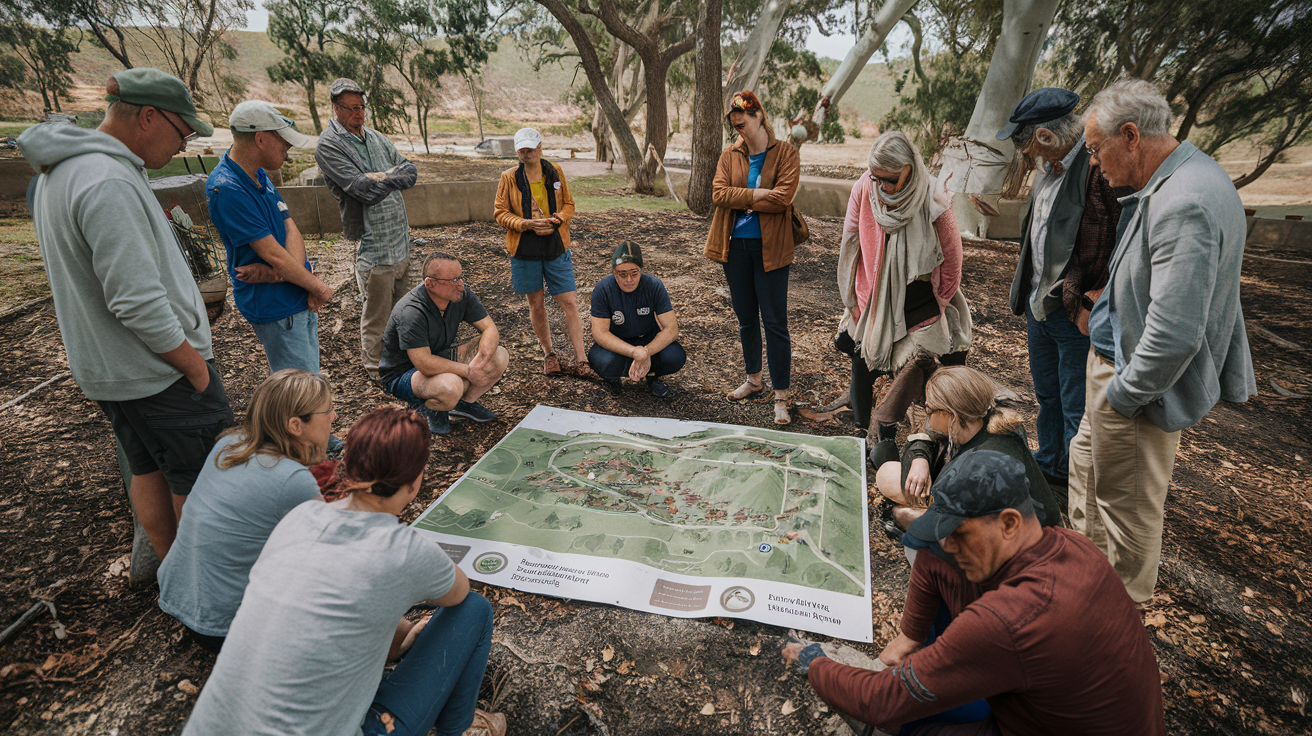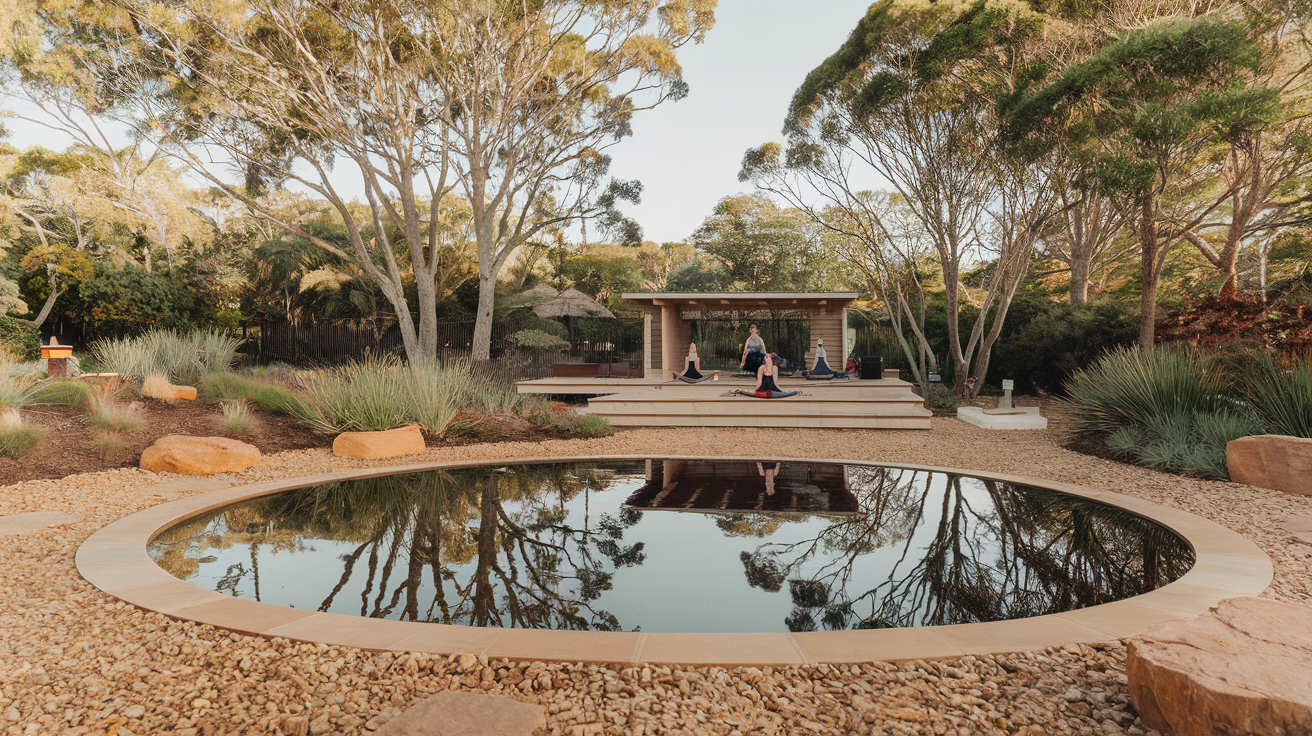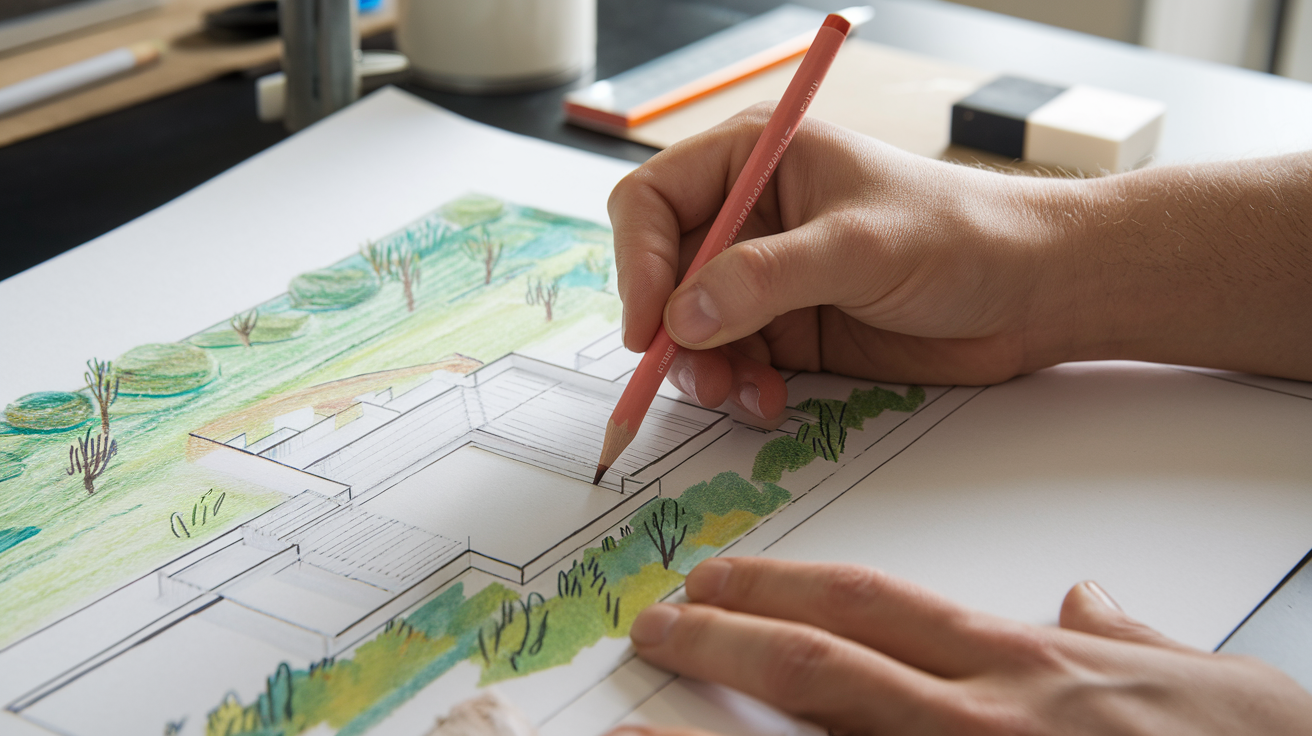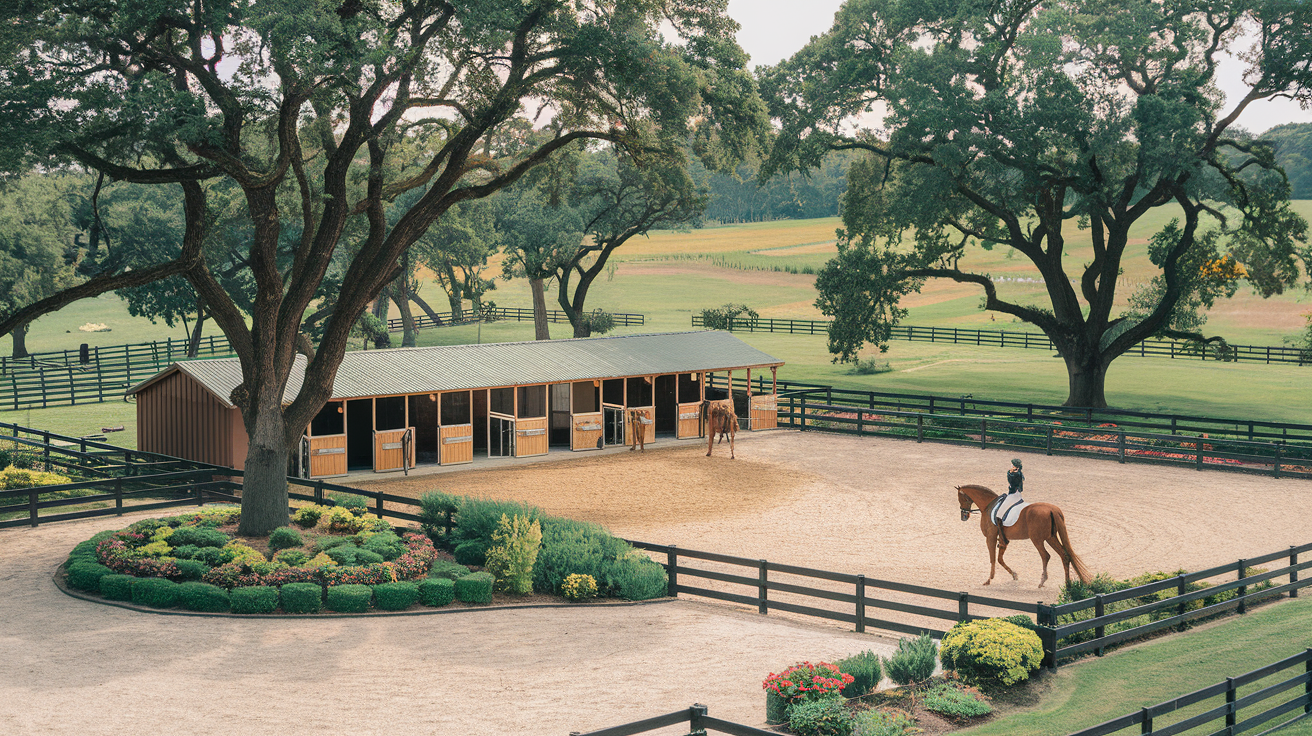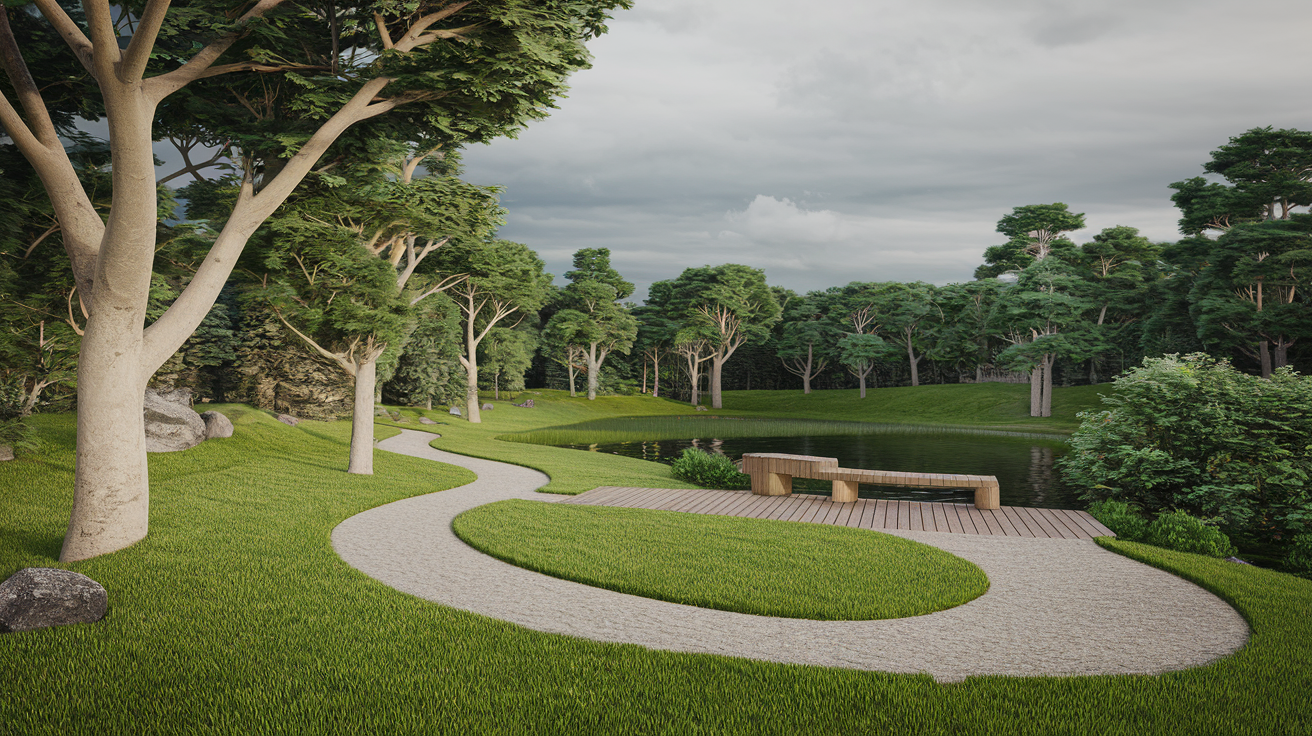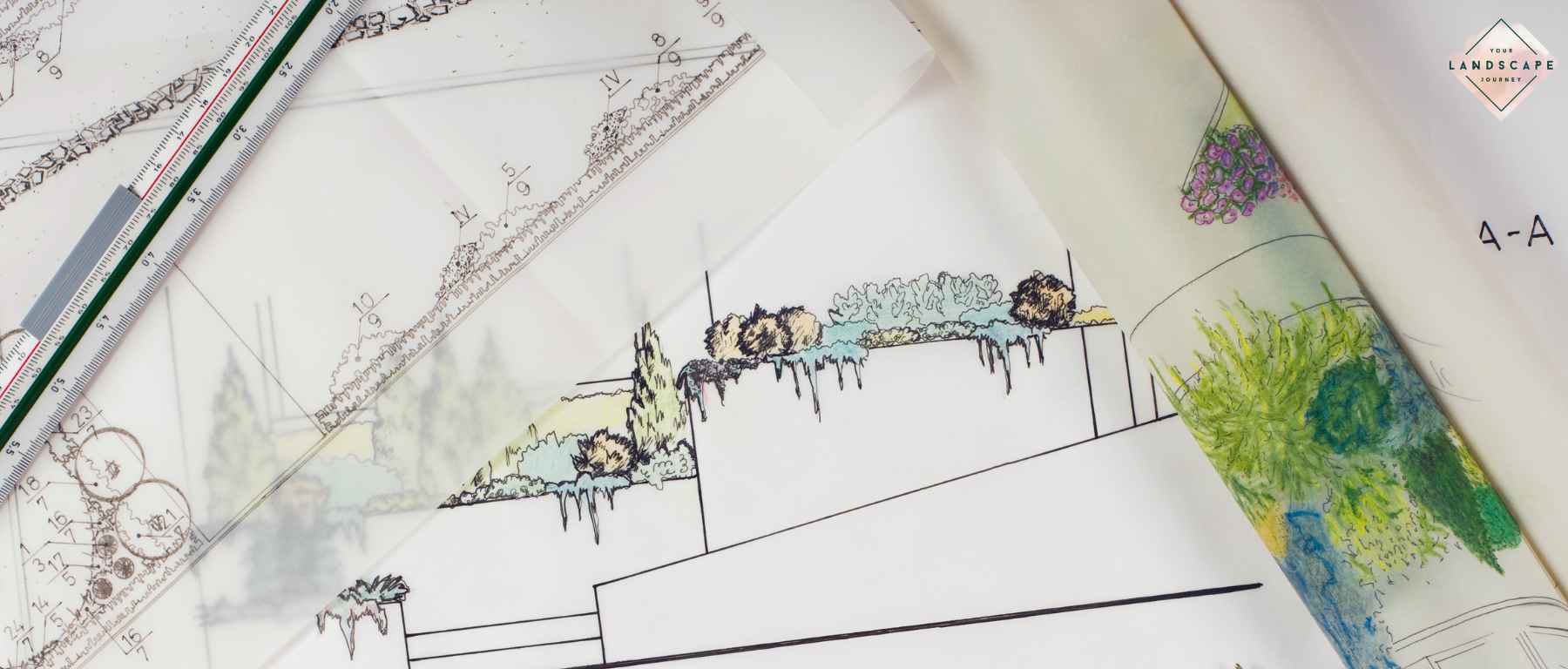Dreaming of a career as a Landscape Designer? Discover how get on a rewarding path to learn how to craft stunning outdoor spaces.
Continue readingUpskilling for Success: Planning Rules Every Landscape Contractor Should Know
Planning Rules landscapers should know! Learn how to navigate planning regulations as a Landscape Contractor to deliver high-quality work without delays or legal issues.
Continue readingLandscape Design Trends for 2025: Balancing Aesthetics and Sustainability
Landscape Design Trends for 2025: Understanding these trends can help you create designs that are functional and inspiring for your clients.
Continue readingHow to Use Social Media to Grow Your Landscape Business Organically
Social media is a powerful, cost-effective way to grow your landscape business and connect with potential clients. By using the right strategies and platforms, you can showcase your work, engage with your audience, and position your business as a leader in the industry—all without paying for ads.
At Your Landscape Journey, we’re here to help landscape professionals like you expand your reach and grow organically. Here’s how
Essential Skills for Running a Successful Landscape Design Studio
Build a thriving landscape design studio by mastering essential skills in design, business, and client management. Elevate your operations, refine your expertise, and grow your success in the industry!
Continue readingIntegrating Equestrian Facilities into Rural Landscape Design
Calling all landscape professionals! Ready to transform rural properties into stunning equestrian paradises?
Continue readingDesigning with the Mind in Mind: How Cognitive Psychology Can Transform Your Landscape Design
Discover how Cognitive Psychology for Landscape Design transforms outdoor spaces into intuitive, engaging, and memorable environments. Learn three powerful principles to elevate your designs, enhance navigation, and create lasting emotional connections that wow your clients.
Continue readingHow to Get Your Landscape Plans Through DA Approval in NSW
Navigating the Development Application (DA) process for landscape plans in NSW can be challenging, but with preparation and the right strategy, you can ensure a smoother approval process. This guide from Your Landscape Journey provides
Continue readingFunction vs. Form in Landscape Design: How to Strike the Perfect Balance
Explore the dynamic balance of form vs function in landscape design. Learn to create stunning spaces that combine beauty and practicality. Discover the secret to balancing beauty and practicality in landscape design! In ‘Function vs. Form: How to Strike the Perfect Balance,’ we explore how to create spaces that captivate and endure. Learn why you don’t have to compromise between usability and artistry, and how a well-designed landscape can offer both functionality and aesthetic appeal.
Continue readingHow to Avoid Disputes with Your Clients as a Landscape Designer in NSW
Strengthen client relationships and avoid disputes with clients using our practical guide. Discover strategies to minimise misunderstandings. As a landscape designer in New South Wales, building strong, collaborative relationships with clients is essential to ensure smooth project execution and avoid disputes. With clear communication, proper
Continue reading

